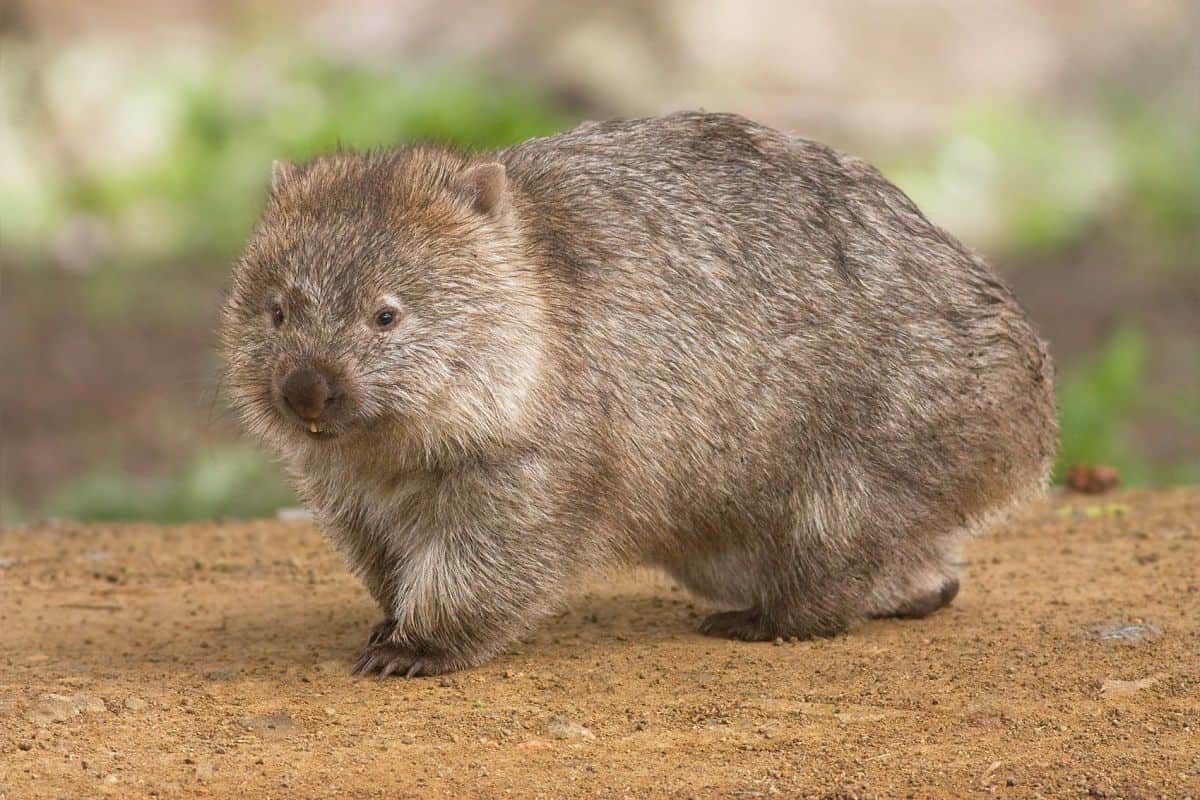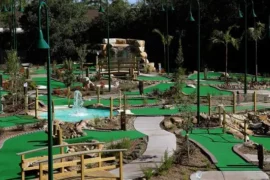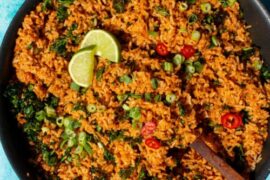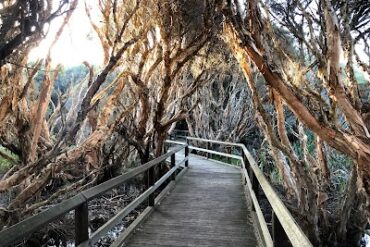A Beginner’s Guide to Australian Native Animals for Parents and Kids
G’day, mates! Welcome to the enchanting world of Australian native animals, a treasure trove of unique and captivating creatures that call the land Down Under their home. As parents, nurturing your child’s curiosity about wildlife is not just fun, it’s an enriching experience that fosters love and respect for nature. Ready to hop like a kangaroo into this adventure?
Captivating Australian Mammals: Kangaroos, Koalas, and More!
Let’s start with some of the most iconic Australian natives. Kangaroos, the symbols of Australia, are marsupials that can leap up to three times their body length in a single bound! And who can resist the cuddly allure of the koala? These sleepy tree-huggers spend most of the day snoozing and munching on eucalyptus leaves. Exploring these animals can teach your kids about adaptability and the importance of habitat conservation.
Kangaroos: A Hopping Fascination
- Fun fact: Did you know that baby kangaroos, called joeys, live in their mother’s pouch for up to a year? Kids are often fascinated by how marsupials grow and develop!
- Conservation tip: Talk about how habitat loss affects kangaroos and other wildlife, and ways your family can help, such as supporting wildlife sanctuaries.
Koalas: The Adorable Eucalyptus Munchers
- Educational game: Make leaf-shaped flashcards to teach your kids about the different types of eucalyptus trees and the vital role they play in a koala’s diet and habitat.
- DIY activity: Create a cozy koala corner in your home with stuffed animals and books about these fuzzy friends to encourage a love for reading and wildlife.
Eccentric Monotremes: Platypus and Echidnas
Australian wildlife boasts another quirky surprise: monotremes! These egg-laying mammals include the platypus and echidnas. The platypus, with its duck-billed face and beaver-like tail, is an excellent example of unique adaptation. Echidnas, resembling spiny anteaters, boast an impressive snout and tongue designed for slurping up ants.
Platypus fun: Organize a family “platypus paddle” in a kids’ pool to learn how these fascinating creatures move in the water. Echidna exploration: Turn a nature walk into an educational scavenger hunt seeking out bugs and learning about the echidna’s diet.
Stunning Birdlife: From Emus to Cockatoos
It’s time to look to the skies and tall trees to discover Australia’s vivid birdlife. Large, flightless emus roam the lands, while many species of cockatoos jam the airways with their raucous calls. These birds introduce kids to the concepts of flight, plumage diversity, and the role of birds in Aboriginal Australian culture.
Emus: The Speedy Giants
- Fact for kids: Did you know emus are the second-largest birds in the world and can run up to 31 miles per hour?
- Activity idea: Create an emu-inspired race in your backyard to burn energy and learn about these fascinating birds.
Cockatoos: The Charismatic Parrots
- Birdwatching tip: Create a DIY bird feeder and watch with your kids to see if you can attract any cockatoo look-alikes or local bird species.
- Art project: Draw and color different species of cockatoos, celebrating their vibrant feathers and comical crests.
Embarking on a journey through Australia’s unique animal kingdom is not only a thrilling experience for your little ones but also an opportunity to instill a deeper understanding of ecological diversity and the environment. Next up, we’ll dive into the mysterious world of Australia’s nocturnal critters, such as the Tasmanian devil, and explore underwater marvels including the fascinating Great Barrier Reef dwellers. So, stick around, explorers, and let’s nurture the next generation of wildlife enthusiasts!

5 Things Parents Should Know Before Exploring Australian Wildlife with Kids
- Understanding Australia’s Biodiversity
Australia’s unique location means it’s home to some of the most distinctive animals on the planet! It’s important for parents to first understand the sheer diversity of wildlife, which includes not only mammals but also a wide array of reptiles, birds, and marine creatures. This foundational knowledge will help you answer your little ones’ curious questions and guide them safely in wildlife encounters.
- Safety First: Respecting Wildlife
Australian animals, as fascinating as they are, can also be dangerous. Educate your children on the importance of keeping a safe distance from animals both in the wild and in conservation areas. Emphasize respect for the animals’ space and explain why we should never feed or try to touch wild creatures.
- Weather & Terrain Considerations
The climate and terrain of Australia vary greatly from region to region. Whether you’re planning to explore the bush, the outback, or the coastal areas, be sure to prepare appropriately. This includes wearing protective clothing, packing sufficient water, and applying sunscreen and insect repellent.
- Connection to Aboriginal Culture
Australia’s Indigenous people have a profound connection to the land and its animals. Introduce your kids to the cultural significance of native species through stories, art, and perhaps participating in a guided walkabout. This will add a rich layer to their understanding and appreciation of wildlife.
- Participation in Conservation Efforts
Learning about conservation is paramount. Share with your children the importance of preserving habitats and the current threats many of these animals face. Participate in local conservation efforts, such as clean-up days at the beach, planting native trees, or adopting an animal through a wildlife charity.
Exploring Australia’s Nocturnal Animals and Marine Life
The night brings a chorus of sounds and curious creatures to Australia’s landscape. Discover the Tasmanian devil, with its rumbling growl and impressive hunting skills, perking up your kids’ interest in nocturnal predators and their roles in the ecosystem. Set up a backyard campout to stargaze and listen for the night-time sounds of your local wildlife.
And let’s splash into the world of Australia’s marine life! The Great Barrier Reef is brimming with biodiversity. From the whimsical clownfish to the majestic sea turtles, your family’s underwater explorations can lead to a splash-tastic understanding of coral reefs and ocean conservation.
Great Barrier Reef Activities
- Reef craft: Build a coral reef model out of playdough or recycled materials to teach about the different reef inhabitants and their symbiotic relationships.
- Conservation project: Adopt a coral or organize a family fundraiser for reef conservation, highlighting how even kids can help protect the ocean.
By sharing these wonders and initiating hands-on activities, you’re setting the foundation for your children to become informed caretakers of our incredible natural world. And remember, each step you take in learning about and protecting Australia’s native animals is a leap forward for future generations. Keep the adventure going, mates, and cherish the wild moments with your family!
For more great fun click here. For more information see here
Disclaimer
The articles available via our website provide general information only and we strongly urge readers to exercise caution and conduct their own thorough research and fact-checking. The information presented should not be taken as absolute truth, and, to the maximum extent permitted by law, we will not be held liable for any inaccuracies or errors in the content. It is essential for individuals to independently verify and validate the information before making any decisions or taking any actions based on the articles.




